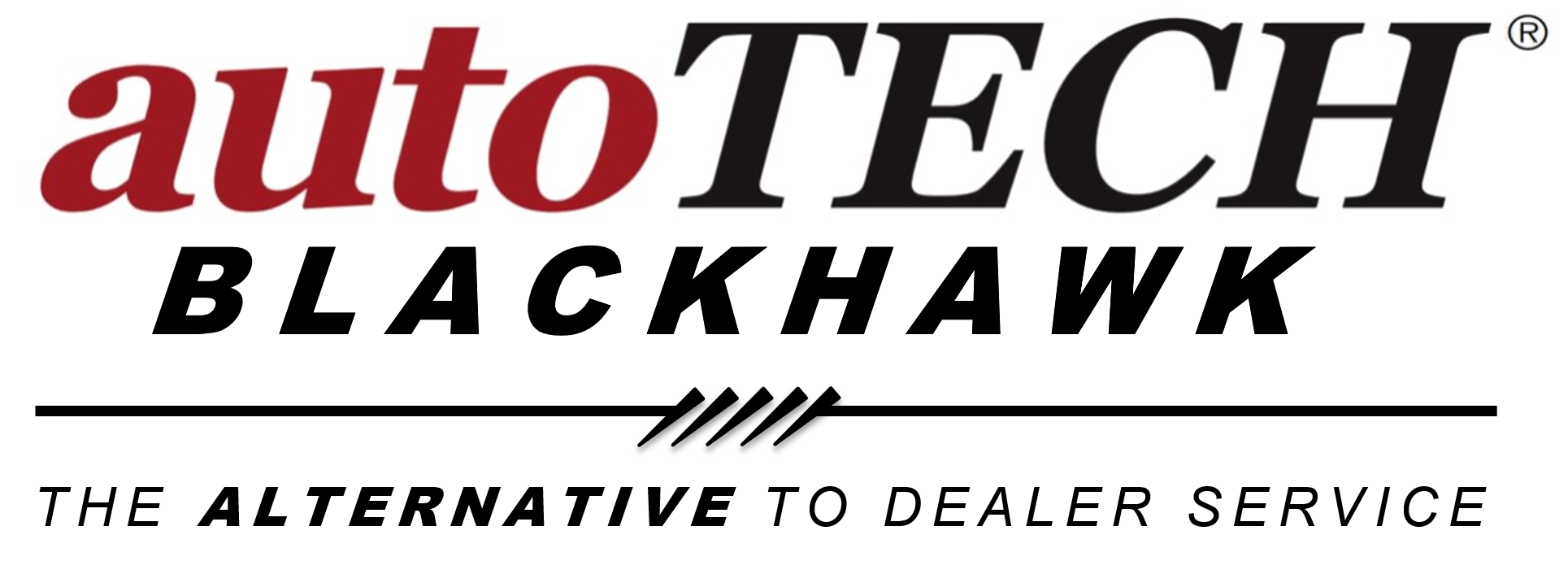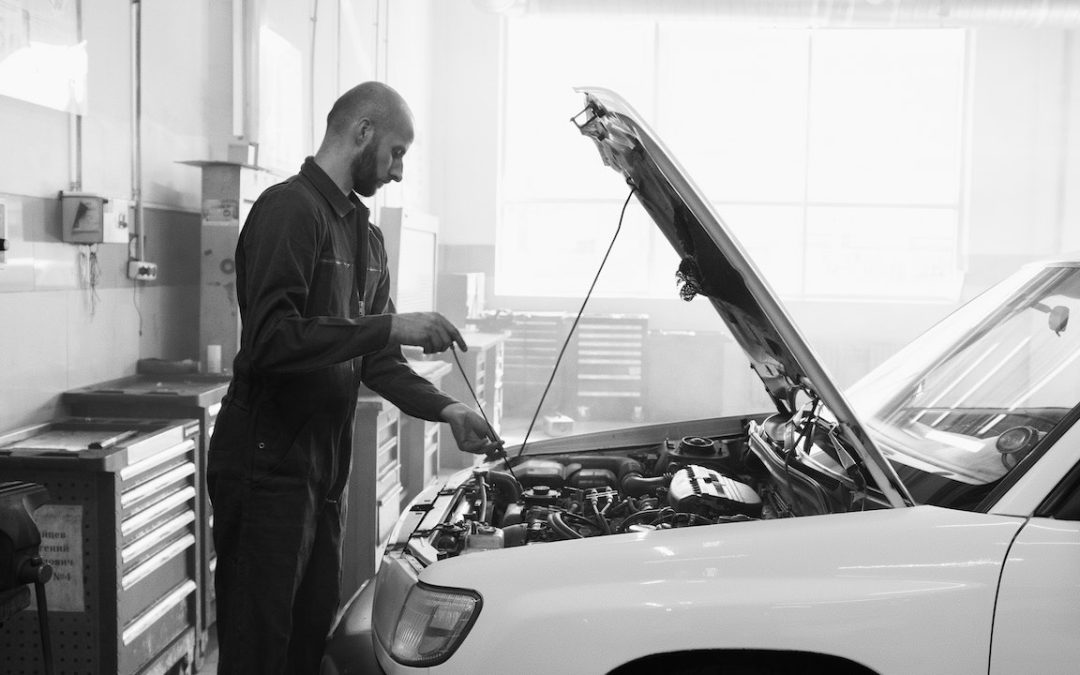Ever wondered what happens during a vehicle inspection? Understanding the process can demystify this essential aspect of car ownership. From car inspections, and checking lights and signals to examining brakes and tires, each step ensures your safety on the roads. Discover how trained inspectors meticulously assess your vehicle’s condition, highlighting any details that require attention and providing a detailed report. Discover the details of a complete vehicle check-up. Let’s explore all the details of what happens during a comprehensive inspection of your car and everything in the report.
Understanding Vehicle Safety Inspections
Inspection Overview
A vehicle safety inspection involves a thorough check of various components to ensure the vehicle meets safety standards. It is crucial for roadworthiness, ensuring that vehicles on the road are safe for drivers, passengers, and pedestrians. Licensed car technicians play a vital role in conducting these inspections with precision and expertise.
Key Components Checked
- During a vehicle safety inspection, a trained technician carefully checks important parts to make sure everything is working properly. The brakes are looked at to ensure they can stop the car safely in case of an emergency. The lights are tested to make sure they are bright enough for other drivers to see you on the road, especially at night. The tires are inspected to confirm they have enough tread and are properly inflated for good grip on the road. The steering is checked to make sure you can easily control the direction of the car, and the suspension is examined to ensure a smooth ride over bumps and potholes. All these checks are important to keep you safe while driving and prevent any unexpected problems on the road.
- Each component plays a critical role in ensuring road safety. For example, brakes are responsible for stopping the vehicle efficiently, while proper tire condition is essential for traction and stability.
- During a vehicle inspection, a trained professional will carefully examine different parts of the car to make sure everything is working properly. They will start by checking the exterior of the vehicle, looking for any signs of damage or wear and tear. This includes inspecting the body of the car, the lights, mirrors, and the windshield to ensure they are all in good condition.
Regular Inspection Benefits
Conducting regular vehicle safety inspections brings numerous benefits. These inspections help in identifying potential issues early, and preventing accidents and breakdowns on the road. By addressing problems promptly, regular inspections contribute to maintaining the overall health of the vehicle.
Key Components in Detail
Tires and Brakes
During a vehicle inspection, inspectors closely examine the tires to ensure they have sufficient tread depth for safe driving. They also check the spare tire, verifying its readiness in case of emergencies. Properly inflated tires with good treads minimize the risk of accidents on the road. On the other hand, brakes play a crucial role in ensuring vehicle safety. Inspectors focus on checking brake pads, rotors, and any signs of brake fluid leaks to guarantee optimal braking performance.
Lights and Signals
Inspectors meticulously assess various lights on vehicles, such as headlights, taillights, brake lights, and turn signals. Proper functioning lights are essential for visibility, especially during nighttime or adverse weather conditions. Ensuring that all lights are operational enhances both the driver’s visibility and other motorists’ awareness on the road. Specifically, inspectors pay attention to the condition of turn signals, brake lights, and hazard lights to prevent potential accidents due to inadequate lighting.
Windshield and Wipers
The inspection process includes evaluating windshields for any damage that may obstruct the driver’s view. Clear visibility through an intact windshield is vital for safe driving practices. Functioning windshield wipers are crucial for maintaining a clear field of vision during rain or snow. Inspectors carefully check for cracks, chips, and loose seals on windshields to address any potential hazards that could compromise driver safety.
Belts and Mirrors
Inspectors conduct a thorough examination of seat belts to ensure they function correctly and have properly working auto-lock mechanisms. Undamaged mirrors are essential components that contribute to driver visibility while on the road. Inspectors emphasize the significance of rearview and side view mirrors in providing drivers with a comprehensive view of their surroundings for safe maneuvering and lane changes.
The Inspection Process
Verification of Details
During a vehicle inspection, verifying all components is crucial to ensure safety and compliance with regulations. Technicians meticulously check each part to guarantee optimal functionality. Attention to detail plays a vital role in identifying potential issues that may go unnoticed. Accurate documentation of inspection findings is essential for record-keeping and future reference.
Initial Tasks
Before commencing an inspection, technicians undertake initial tasks such as reviewing the vehicle’s history and maintenance records. They prepare by gathering the necessary tools and equipment for the inspection process. Setting up the inspection environment correctly is paramount to facilitate a smooth and efficient evaluation of the vehicle’s condition.
Physical Examination
Technicians conduct a thorough physical examination of the vehicle, inspecting both the exterior and interior components. By visually assessing various parts, they can determine if any damage or wear is present. A detailed physical examination enables technicians to pinpoint potential issues that require attention, ensuring comprehensive evaluation.
Hidden Damage Identification
During inspections, technicians employ various methods to identify hidden damages that may not be immediately visible. Through advanced tools and techniques, they uncover underlying issues that could impact the vehicle’s performance or safety. Detecting hidden damage is crucial for addressing problems proactively and maintaining the overall integrity of the vehicle.
Common Inspection Failures
Reasons for Failure
Vehicle leaks are a common reason for failing safety inspections. Leaks from the engine, transmission, or brake system can indicate serious issues. These leaks often lead to failures due to the potential safety hazards they pose.
Failing safety inspections can stem from issues with key components such as brakes, tires, lights, and emissions systems. Leaks are particularly critical as they can affect the vehicle’s performance and safety on the road. Ignoring these leaks can result in a failed inspection and potentially dangerous driving conditions.
The implications of failing a safety inspection are significant. Vehicles that fail inspections are deemed unsafe to operate on public roads until the issues are rectified. This not only poses risks to the driver but also endangers other road users due to potential malfunctions caused by leaks or other faulty components.
How to Prepare
To prepare for a safety inspection, vehicle owners should regularly check for leaks and address any issues promptly. Ensuring that all key components are in good working condition is crucial for passing inspections successfully. Regular maintenance plays a vital role in preventing failures during inspections.
Regular maintenance involves checking fluid levels, inspecting hoses and seals for any signs of leaks, and ensuring that all lights are functioning correctly. By proactively addressing any potential issues before an inspection appointment, vehicle owners can increase their chances of passing without any complications.
Preparing for inspection appointments ahead of time offers several benefits. It allows vehicle owners to identify and fix any issues early on, avoiding last-minute rushes or surprises during the inspection process. Proactive preparation ensures that vehicles remain safe and compliant with regulations, promoting overall road safety.
Steering, Alignment, and Suspension
Steering Mechanics
During a vehicle inspection, technicians examine the steering components to ensure they are functioning correctly. They check the steering wheel for smooth operation and inspect the power steering system for leaks. Proper steering functionality is crucial for safe driving and maneuverability on the road.
To ensure safety, technicians perform checks on the tie rods, steering gear, and steering linkage. Any signs of wear or damage are noted for immediate repair. Addressing issues related to steering mechanics promptly can prevent accidents and maintain vehicle control.
Alignment Check
Technicians conduct alignment checks by using specialized equipment to measure the angles of the wheels. Proper wheel alignment is essential for optimal vehicle performance and tire longevity. Misaligned wheels can lead to uneven tire wear and affect fuel efficiency.
Misaligned wheels can also impact driving safety by causing the vehicle to pull to one side or vibrate at high speeds. Technicians adjust the alignment angles based on manufacturer specifications to ensure a smooth and stable driving experience.
Suspension System
During an inspection, technicians thoroughly examine the suspension system for signs of wear or damage. They check the shock absorbers for leaks, inspect the struts for any issues, and evaluate the condition of the springs. A well-maintained suspension system contributes to ride comfort and stability on various road surfaces.
The suspension system plays a critical role in absorbing shocks from bumps and uneven terrain. Proper maintenance of shock absorbers and other components ensures that passengers experience a smooth ride without excessive bouncing or discomfort. Regular inspections help identify potential problems early, preventing costly repairs in the future.

Safety Features Inspection
Seat Belts
During a vehicle inspection, seat belts are checked for proper functionality and condition. Inspectors ensure that the seat belts retract smoothly without any obstructions. Functional seat belts are crucial for passenger safety, as they restrain occupants during sudden stops or collisions. They play a vital role in preventing injuries by keeping individuals securely in place.
Airbags
Inspectors examine airbags to verify if they are operational and not deployed. Properly functioning airbags are essential for protecting occupants in the event of a crash. Airbags help reduce the severity of injuries by cushioning the impact during collisions, especially in frontal crashes. They serve as an additional safety measure to mitigate harm to vehicle occupants.
Child Safety Locks
The inspection process for child safety locks involves checking if they engage and disengage correctly. Secure child safety features are paramount for vehicles used by families with young children. Child safety locks prevent accidental opening of doors while the vehicle is in motion, ensuring the safety of children inside the vehicle.
Preparing for Your Vehicle Inspection
Documentation Needed
Vehicle owners must provide valid driver’s licenses, registration, and insurance documents during a car inspection. Having all necessary paperwork ready ensures a smooth process.
Documentation plays a crucial role in verifying the vehicle’s ownership, insurance coverage, and registration status. Without the required documents, the inspection may be delayed or even postponed.
Ensuring all documentation is up-to-date and readily available helps streamline the inspection process. It also ensures that the vehicle meets all legal requirements before undergoing testing.
Pre-Inspection Checks
Before the inspection, vehicle owners should check the lights, brakes, tires, and fluid levels. Completing these tasks helps prepare the vehicle for a thorough examination.
A pre-inspection checklist includes verifying that all lights are working properly, checking tire tread depth and pressure, testing brake functionality, and ensuring adequate fluid levels.
Addressing minor issues beforehand can prevent potential failures during the official inspection. It allows owners to rectify any problems early on and increase the chances of passing the inspection.
After the Inspection
Once the vehicle safety inspection is done, owners receive either a pass or fail result based on compliance with safety standards. A pass indicates that the vehicle meets all safety requirements.
In case of a failed inspection, owners will receive a report detailing what issues need to be addressed for compliance. They must rectify these issues within a specified timeframe for re-inspection.
After receiving the inspection results, vehicle owners should promptly address any identified deficiencies to meet safety standards. Failure to do so may lead to legal consequences or fines.
Tips for a Successful Vehicle Inspection
Maintenance Tips
Regular maintenance is crucial in ensuring your vehicle stays in top shape. Changing the oil every 5,000 miles helps keep the engine running smoothly. Checking tire pressure weekly can prevent uneven wear and improve fuel efficiency.
To maintain optimal performance, it’s essential to replace air filters every 12,000 miles. Inspecting brake pads for wear and tear every 20,000 miles is vital for safety. These small tasks can prevent major issues down the road.
Consistent maintenance not only enhances performance but also extends the lifespan of your vehicle. By adhering to a maintenance schedule, you can avoid costly repairs and breakdowns. Regular check-ups help identify potential problems early on, saving you time and money.
Common Pitfalls to Avoid
One common mistake vehicle owners make is neglecting to check all lights before an inspection. Ensuring that headlights, taillights, and turn signals are working properly is essential for passing inspections. Ignoring this step could result in a failed inspection.
Another pitfall to avoid is overlooking tire tread depth. Bald tires are dangerous and can lead to accidents. Checking tread depth regularly ensures your tires are safe for the road and compliant with inspection standards.
Being unaware of these pitfalls can lead to a failed inspection or even fines for non-compliance. By staying proactive and addressing these issues beforehand, you increase your chances of passing with flying colors.
Closing Thoughts
Understanding the intricacies of a vehicle inspection process is crucial for ensuring road safety and compliance with regulations. From examining key components to addressing common failures, each step plays a vital role in guaranteeing the vehicle’s optimal performance. Steering, alignment, suspension, and safety features are meticulously scrutinized to identify any potential issues that could compromise the safety of both the driver and other road users.
As you prepare for your next vehicle inspection, remember to follow the tips provided to increase your chances of a successful outcome. Regular maintenance and timely repairs are essential in passing inspections and maintaining a safe driving experience. Stay informed about the inspection requirements in your area and be proactive in addressing any concerns promptly. Your commitment to vehicle safety reflects your dedication to responsible driving practices.
Frequently Asked Questions
1. What is the purpose of a vehicle safety inspection?
A vehicle safety inspection ensures that a vehicle meets the required safety standards set by authorities. It helps identify any potential issues or malfunctions that could compromise the safety of the driver, passengers, and other road users.
2. What are the key components typically checked during a vehicle inspection?
Key components checked during a vehicle inspection include brakes, tires, lights, steering system, suspension, exhaust system, seat belts, mirrors, windshield wipers, and horn. These components are crucial for the safe operation of the vehicle.
3. How long does a typical vehicle inspection process take?
The duration of a vehicle inspection can vary depending on factors such as the thoroughness of the inspection and any issues found. On average, a comprehensive vehicle inspection may take anywhere from 30 minutes to an hour to complete.
4. What are some common reasons for vehicles failing inspection?
Common reasons for vehicles failing inspections include worn-out brake pads, inadequate tire tread depth, malfunctioning lights or signals, damaged windshield wipers, faulty steering or suspension components, emissions issues, and expired registration or inspection stickers.
5. How can one prepare effectively for a vehicle inspection?
To prepare for a vehicle inspection, ensure that all lights are working properly, tires are inflated to the correct pressure with adequate tread depth, brakes are in good condition, all fluids are topped up, windshield is free from cracks or chips, and all necessary documents are available for inspection.
Are You Seeking Expertise in Vehicle Inspection?
Discover the excellence of autoTECH Blackhawk in the realm of vehicle inspection. What makes us the go-to choice for your vehicle’s inspection needs? Our standout feature is our unwavering dedication to building robust relationships with our clients, an essential element in the specialized field of vehicle inspection. This dedication forms the foundation of our personalized approach, aligning our services with your unique requirements and goals for your vehicle’s safety and performance.
Whether you’re looking to ensure the safety of your everyday car, keep your new vehicle in peak condition, maintain your cherished car’s reliability, or educate your family on the importance of regular vehicle inspections and their maintenance, autoTECH Blackhawk is committed to fulfilling your automotive ambitions. We take great pride in our industry-leading 3-year/36,000-mile warranty and our adherence to using only Original Equipment and manufacturer-recommended components, guaranteeing your utmost satisfaction with our inspection services. Feel free to reach out to our approachable team today to arrange a convenient and contactless consultation for your vehicle inspection needs!


